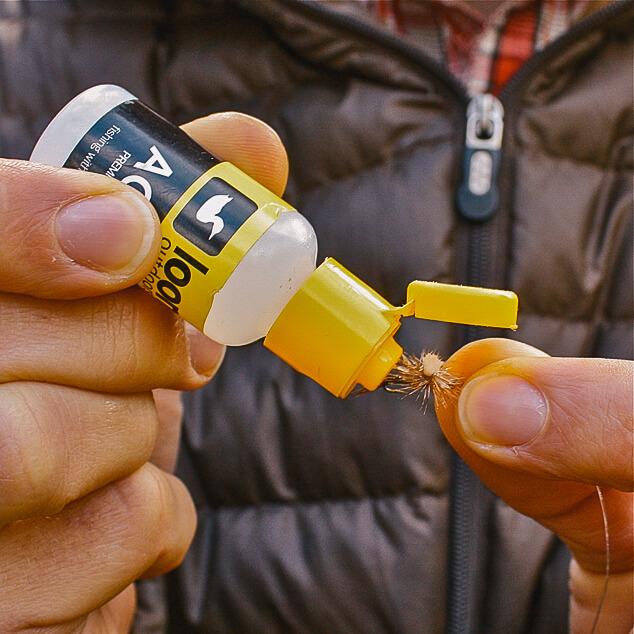 With multiple warmer days breaking up cold streaks, streams across Western North Carolina are productively seeing hatches on the surface of the water. The strongest hatches are mixtures of dark winter stoneflies, blue wing olives (BWOs), caddis, midges, and mayflies.
With multiple warmer days breaking up cold streaks, streams across Western North Carolina are productively seeing hatches on the surface of the water. The strongest hatches are mixtures of dark winter stoneflies, blue wing olives (BWOs), caddis, midges, and mayflies.
If you aren’t keen on trying to identify bugs when you see bugs hatching and taking flight, know that each of those bugs can have a rather unique flutter pattern as they dance across the water’s edges.
Knowing that a smart angler will present a dry fly to fish in multiple ways, trying to mimic different flight scenarios that a bug may take as it hatches off the water, from the rocks and edges, or diving down out of the sky. Each scenario offers anglers multiple opportunities to get a picky fish to take a dry fly, sometimes without changing the fly at all.
 • Floatant — Depending on the materials used to create a fly, dries can be difficult to keep on the surface where they belong. Having good floatant is important and the right kind of floatant is even more important. Some floatant treatments are powder, others are gels and some are pre-coats that you do before you’re on the water. To reduce the amount of floatant you need on any given day, trying to lift your dry fly off the water without dragging it under–normally done with a slow lift-off –is the first move to making flies and floatant last longer. Every time the fly goes underwater, it saturates the materials a bit more and as a result, submerges your fly and costs you floatant.
• Floatant — Depending on the materials used to create a fly, dries can be difficult to keep on the surface where they belong. Having good floatant is important and the right kind of floatant is even more important. Some floatant treatments are powder, others are gels and some are pre-coats that you do before you’re on the water. To reduce the amount of floatant you need on any given day, trying to lift your dry fly off the water without dragging it under–normally done with a slow lift-off –is the first move to making flies and floatant last longer. Every time the fly goes underwater, it saturates the materials a bit more and as a result, submerges your fly and costs you floatant.
There’s a lot more to why dries are difficult, but the amount of line on the water and the buoyancy of your flies are up there in importance to understand.
Presenting flies in a number of ways, as mentioned above, is important to catch picky fish on the surface. If you’re not used to manipulating flies after you cast, you’ll be ripping your flies off the water, skirting flies too fast, sinking flies and more regularly. Here’s a really good tip to help anchor your dry fly and present a second opportunity to set a fish:
• Depending on the CFS and depth, a properly adjusted fluoro dropper off the back side of your dry will act as an anchor for your dry as you try to dance it across the surface. The resistance of the dropped nymph, emerger or wet fly as you manipulate your fly will allow you a stable way to manipulate and dance your fly on the surface of the water.
Imagine a dry fly on the surface with no dropper… pick up your rod tip and line, the fly will likely lift right off the top of the water. With a dropper attached to the shank of the dry fly, if you pick up your line, the dropper will drag and help create resistance that will make it harder for your dry fly to release from the surface.